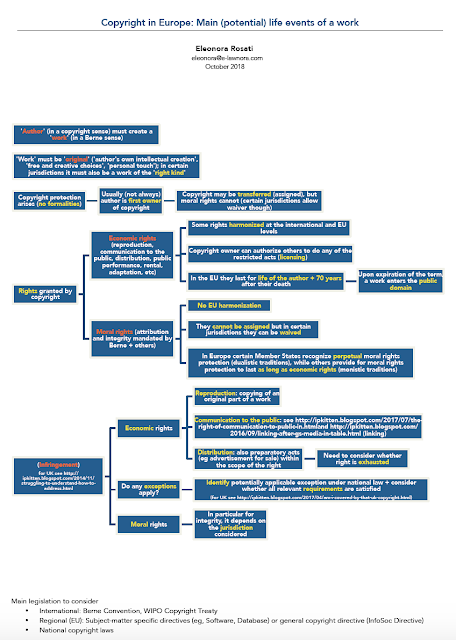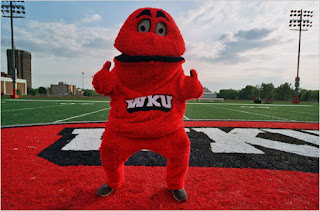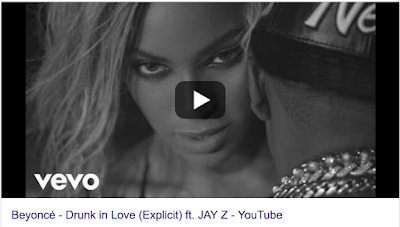What can be the main events in the life of a copyright work in Europe? Here's another map

A few weeks ago, I published a map - that I created for my students - detailing the main potential events in the life of an EU/national trade mark. Today I have prepared a new student map, this time devoted to the main potential events in the life of a copyright work in Europe. The map should be read in combination with other copyright materials I have produced, including: Linking under EU Copyright Law Right of Communication to the Public – Potential Liability Under Article 3(1) InfoSoc Directive Copyright Infringement Checklist UK Copyright Exceptions This new map, which is not meant at all as exhaustive, can be downloaded here and is reproduced also below. Other students materials are available here . As always, any feedback is very welcome! [Originally published on The IPKat on 30 October 2018]



